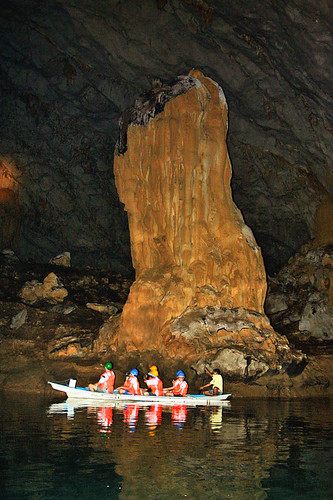PORT-AU-PRINCE (AFP) – – “She has her whole life ahead of her,” exclaimed an emotional rescuer after 16-year-old Darlene Etienne was dragged from the wreckage of Haiti’s quake after 15 days buried alive.
A French search team pulled the desperately dehydrated girl from a collapsed building in the Carrefour-Feuilles district of Port-au-Prince after neighbours searching in the debris heard a faint voice in the rubble. Related article:Almost half haiti’s injured may be children
Dazed rescuers spoke of a miracle as they rested at the field hospital in the capital’s Lycee Francais where Etienne was taken for emergency treatment after being slowly extracted from the ruins on a stretcher.
“She just said ‘thank you,’ she’s very weak, which suggests that she’s been there for 15 days,” rescue team spokesman Commander Samuel Bernes told AFP.
“She was in a pocket surrounded by concrete, completely dehydrated,” he added.
“She was treated on the spot, she wasn’t able to get out alone.”
No one was expecting any more miracles after more than 130 people had already been pulled alive from the ruins in Port-au-Prince since the 7.0-magnitude quake, which devastated much of the capital and killed nearly 170,000 people. Related article: Haiti’s child slaves set to swell after quake
Haitian authorities officially called off search and rescue efforts on Friday, saying they wanted foreign aid workers to concentrate on recovery.
Then the French team heard from Etienne’s neighbours.
They had partly dug the girl out after they heard her cries, then called the French rescue team to finish the job safely. They had to do relatively little digging to free her, rescuers said.
“When we got there we could only see her scalp. I made the hole bigger, I talked to her. We rehydrated her intravenously and in three quarters of an hour, she was free,” said Claude Fuilla, the chief medic with the French civil defence team working in Haiti.
“We don’t know if she had water while she was buried. She spoke with great difficulty,” he said.
Etienne joins a tiny but extraordinary group of survivors who held out for more than 10 days.
US troops on Tuesday rescued a 31-year-old man, although he may have been buried by a building that collapsed after the earthquake. The troops said he had been trapped for 12 days.
On Saturday, search teams pulled a 25-year-old man out alive after 11 days under the rubble. He had been trapped in a grocer’s shop and was able to grab a small amount of food and drink to keep himself alive.
After Wednesday’s rescue, Etienne was treated at the scene for dehydration and a weak pulse, and then after the field hospital she was taken to the French navy ship Siroco which anchored off the coast on Sunday.
Colonel Michel Orcel, a doctor at the field hospital, said the girl was “happy” following her rescue.
“She is 16 years old, she is alive and she has her whole life ahead of her. She was speaking, she said that she was happy,” Orcel said. “She was worried about her friends but we weren’t able to answer all her questions.”
He added: “She is in a very advanced state of dehydration. For the moment we have to calm her, tranquilise her, stabilise her. She is very thin and has arterial tension.
“She has undergone a debilitating ordeal. Her return to life must be done progressively but she doesn’t have any injuries that would worry us, subject to further investigations,” he said.
Hopes of finding more survivors are now fading by the day, especially as Haiti has been rattled by dozens of aftershocks following the initial quake.
Experts say each powerful new tremor diminishes remaining hopes for people buried in rubble, who risk being crushed by masonry dislodged by the new tremors.
Cases of trapped survivors holding out for a week after an earthquake are considered extraordinary, while surviving beyond 10 days is extremely rare.
But the rescue teams are not giving up.
“Surviving for more than two weeks, it’s difficult but apparently it’s possible,” said Sebastien Caussade, another doctor who was waiting at the young girl’s beside before the helicopter took her to the hospital ship.
Source: AFP.com












The Way They Think